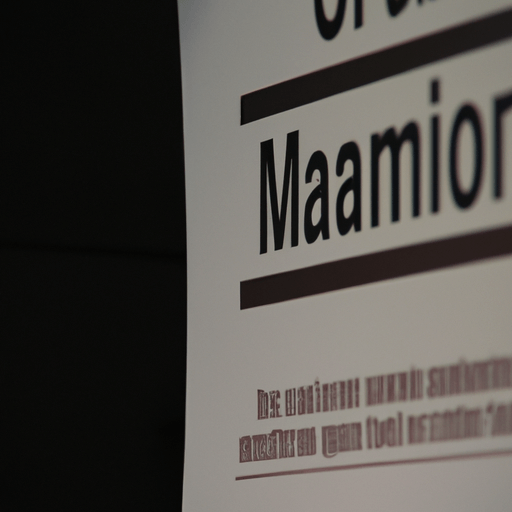Exploring How Automation Will Affect The Future Of The Workforce
Automation is quickly becoming an integral part of many businesses across the world. From customer service to manufacturing, automation can be used to optimize processes and reduce costs while increasing efficiency. As automation technology continues to advance, it is likely to have a huge impact on the future of the workforce, with both positive and negative implications. Let's take a look at the potential impact of automation on job security, job skills, and workplace dynamics.
Impact on Job Security
One of the most immediate effects of automation is likely to be job security. As automation becomes increasingly sophisticated, certain jobs may become obsolete as machines can do them more efficiently. This could lead to job losses, particularly in lower-skilled positions. On the other hand, automation can also create new job opportunities, as businesses will need to hire people to design, program, and maintain the automated systems. The net effect on job security is likely to be mixed.
Impact on Job Skills
The rise of automation is likely to have a major impact on the job skills needed by workers. As machines become more sophisticated, they will be able to do more complex tasks and require more advanced skills from the people who operate them. This could mean that workers will need to continuously upgrade their skills to stay competitive in the job market. It could also mean that employers will have to invest more in training to ensure that their workers are up to date with the latest technology.
Impact on Workplace Dynamics
The introduction of automation will also likely have an effect on workplace dynamics. Automation can lead to increased efficiency, which could mean that workers are expected to do more in less time. This could potentially lead to increased stress in the workplace. On the other hand, automation can also lead to improved collaboration between teams as processes become more streamlined. In addition, automation can lead to improved safety and quality control, which could make the workplace a safer and more enjoyable environment.
Existing Examples of Automation in the Workforce
Automation is already being used in a variety of ways in the workforce. For example, many businesses are using automated chatbots to provide customer service. Automated machines are also being used to help with manufacturing processes, such as robotic arms and 3D printers. In addition, automation is being used to improve the accuracy and speed of many administrative tasks, such as data entry and document management.
Conclusion
As automation technology continues to advance, it is likely to have a profound impact on the future of the workforce. Automation could lead to job losses in certain sectors, but it could also create new job opportunities. It will also require workers to upgrade their skills and employers to invest more in training. Finally, automation could lead to both increased stress levels and improved workplace dynamics. To stay ahead of the curve, businesses will need to stay up to date with the latest automation technology and trends.


















Comments
Leave a Comment